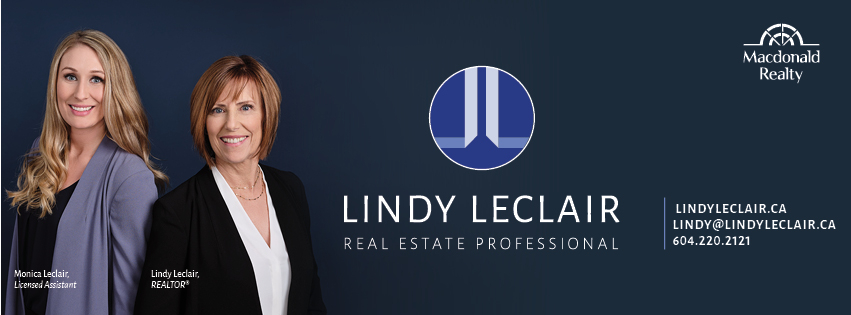Thinking about buying your first home, but wondering if you should take the plunge in 2019? With the federally funded, First-Time Home Buyer Incentive (FTHBI) program beginning this fall, now is the time to familiarize yourself with the new mortgage rules for first-time buyers and become one yourself.
THE FTHBI PROGRAM
Over the next three years, the government will allocate $1.25 billion to help first-time home buyers. You can apply for funds to the Canada Mortgage and Housing Corporation (CMHC) starting on September 2nd for closings beginning on November 1st, 2019. The FTHBI Program guarantees qualified recipients an interest-free loan that doesn’t need to be paid back for 25 years. However, funds are available on a first-come, first-served basis – we recommend submitting your application as soon as possible.
HOW THE PROGRAM WORKS
You must have the minimum down payment (5% to 9.99%) for a CMHC, Genworth, or Canada Guaranty-insured mortgage on a home valued up to $480,000. The federal government is also further incentivizing qualified first-time buyers as follows:
- 5% or 10% down payment new construction
- 5% down payment existing home
- 5% down payment new or resale mobile/manufactured home
Note: The home must be located in Canada, suitable and available for full-time, year-round occupancy Your down payment can come from your own sources, including: savings, withdrawal / collapse of an RRSP, and a non-repayable financial gift from a relative. However, unsecured personal loans or unsecured lines of credit used to satisfy minimum down payment requirements are not eligible for the FTHBI.
QUALIFYING FOR THE FTHBI
To qualify for the program, you need to be a Canadian citizen, permanent resident, or non-permanent resident who is legally allowed to work in Canada. You also need to have a qualifying household income of up to $120,000. And, you must be a first-time buyer in the eyes of the Canada Revenue Agency, which means meeting one or more of the following criteria:
- You have never bought a home before.
- Your marriage or common-law partnership has ended.
- In the last four years, you did not live in a home that you or your current spouse or common-law partner owned.
PAYING THE GOVERNMENT BACK
You must pay the government back within 25 years of buying your home or when you sell your home. However, you don’t need to pay interest or adopt an ongoing repayment plan, like you would with an RRSP withdrawn for a home purchase.
If you sell your home, the FTHBI has an equity-like payout, where the government shares in the upside and downside of the property value. So, if your home’s value appreciates when sold, you must pay the government back the 5 or 10% incentive that you initially received, based on the home’s fair market value when sold. If your home’s value goes down when sold, the same 5 or 10% is calculated on its reduced value.
FTHBI PURCHASE PRICE VS. SALE PRICE FTHBI PAYMENT BACK TO THE GOVERNMENT
-
- 5% ($10,000) $200,000 | $300,000 $15,000
- 10% ($20,000) $200,000 | $150,000 $15,000
INCREASES IN VALUE DUE TO RENOVATIONS & EXPANSIONS
If you want to significantly renovate or expand your home and don’t want to return the money to the federal government, you can repay the government before the renovations. In fact, you can repay the government any time within 25 years of buying your home and you won’t be charged a pre-payment penalty.
If you’ve been longing to have a home of your own (or for your adult children to have a home of their own!), now’s the time to take advantage. To learn more and make 2019 your year to become a homeowner, contact us today!



